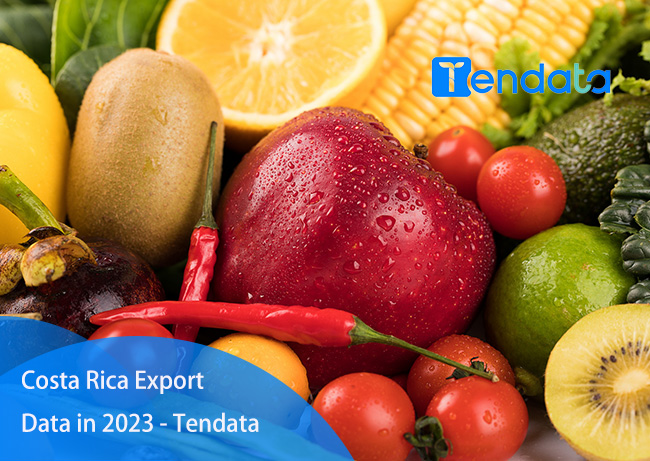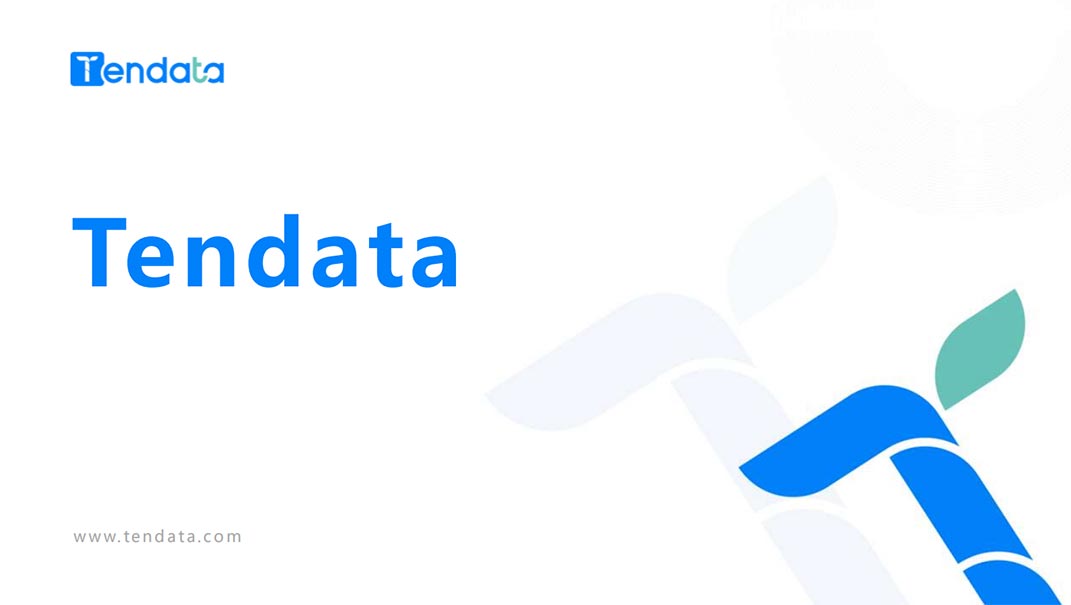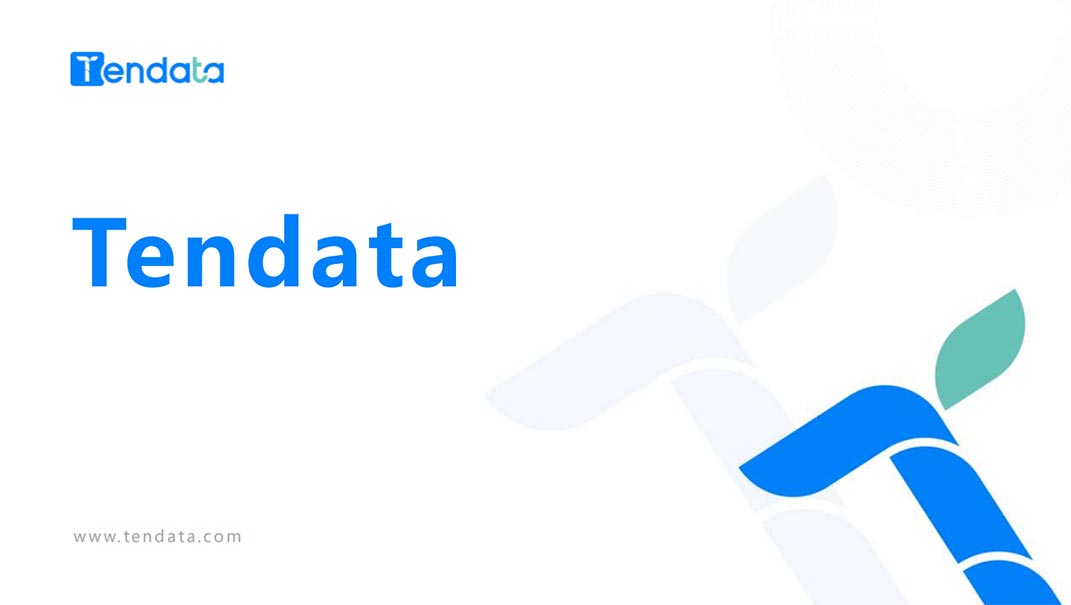 Trade Data
Trade Data
 03-04-2024
03-04-2024
Costa Rica's exports to the world reached $18.1 billion in 2023, representing an 18.2% increase compared to 2022 when exports were $15.3 billion.
Costa Rica's Largest Export Partners
The latest Tendata export data reveals that 84.9% of Costa Rica's exports are purchased by importers from the following countries: the United States (accounting for 46.1% of Costa Rica's total), the Netherlands (8.4%), Guatemala (4.9%), Belgium (4.6%), Nicaragua (3.8%), Panama (3.5%), Honduras (3.3%), El Salvador (2.5%), Mainland China (2.3%), Japan (2.1%), the Dominican Republic (1.8%), and Spain (1.7%).
From a continental perspective, 48.3% of Costa Rica's exports go to North American countries, while 24% are destined for Latin America (excluding Mexico but including the Caribbean). Costa Rica also exports an additional 20.3% of its goods to Europe.
Buyers from Asia (7%), Africa (0.2%), and Oceania (0.2%) account for a smaller proportion, with Australia and New Zealand being the primary destinations.
Top 10 Export Products of Costa Rica
In 2023, the highest-value products exported by Costa Rica were as follows:
1. Optical, technical, and medical apparatus: $7.6 billion (42%)
2. Fruits and nuts: $2.5 billion (14%)
3. Miscellaneous food preparations: $1 billion (5.6%)
4. Electrical machinery and equipment: $804.8 million (4.4%)
5. Plastics and plastic products: $520 million (2.9%)
6. Vegetable/fruit/nut preparations: $440.2 million (2.4%)
7. Pharmaceuticals: $412.5 million (2.3%)
8. Coffee, tea, spices: $359.4 million (2%)
9. Rubber and rubber products: $348.3 million (1.9%)
10. Animal or vegetable fats, oils, waxes: $312.6 million (1.7%)
The top 10 export products of Costa Rica accounted for approximately three-quarters (79.2%) of its total export value.
Optical, technical, and medical apparatus experienced the fastest growth among the top 10 export categories, increasing by 32.6% from 2022 to 2023. Pharmaceuticals ranked second in export sales improvement, growing by 26.1%. Electrical machinery and equipment shipments, with a growth rate of 22.8%, ranked third.
The largest decline among Costa Rica's top 10 export categories was observed in coffee, tea, and spices, which decreased by -5.9% year-on-year.
At a more detailed level of HSN codes, the most valuable export products of Costa Rica in 2023 were electronic medical equipment, including X-ray machines (31.4%), orthopedic appliances (8.9%), bananas and plantains (6.6%), dates, figs, pineapples, mangoes, avocados, and guavas (6.5%), miscellaneous food preparations (4.6%), coffee (1.9%), insulated wire or cable (1.5%), new rubber tires (1.4%), palm oil (1.3%), and fruit or vegetable juices (1.2%).

Customs data contains a vast amount of information, and extracting relevant customer contact information can be time-consuming, with results not always meeting expectations. Is it truly the case, or is it because customs data is being used incorrectly, resulting in wasted effort and time?
Utilizing customs data for customer development can be achieved by precisely characterizing all buyers and their procurement systems in the target market. This allows for the quick identification of the most compatible customers, discerning their credit systems and procurement information, determining high-quality customers and profit margins, enhancing development efficiency, and improving overall effectiveness.
In customs data, one can observe the suppliers of buyers. Some of these suppliers are trade companies and also potential customers. In-depth analysis can be conducted on these trade companies, and key customers can be selected for focused development. Information such as buyer contacts, trade partners, procurement cycles, and purchase volumes can be obtained. While customs data may lack contact information due to being derived from bill of lading information, Tendata iTrader provides not only customs data but also business and internet data. This allows for the direct extraction of contact information and positions based on buyer names, making customer development through customs data seamless. (>>> Click To Get Free Access To Customs Data From 80+ Countries)
For new customer development using customs data, three strategies are available for consideration. (>>> Click To Get Free Access To Customs Data From 80+ Countries)
1. Establishing a Customer Database by Country:
Building a customer database is akin to maintaining a work record. Start by using trade tracking features to compile a list of all customers in a country. Analyze each buyer's purchase volume, procurement cycle, product specifications, and supplier system. Finally, filter out 30% of the potential high-quality customers from this country and record them in your customer database, allowing flexible settings by country, time, customer name, follow-up steps, contact phone, email, contact person, etc. (>>> Click For Free Customer Development)
2. Establishing a Customer Database by Peer Companies:
Have a clear understanding of the English names of peer companies (including full names, abbreviations, etc.). Use the global supplier network feature to gather all customers of these peers in the system. Analyze these customers based on purchase volume, procurement cycle, and product models. Finally, filter out key customers from your targeted peers and record them in your customer database. (>>> Click For Free Trial Application)
3. Identifying Newly Appeared Customers in Each Country:
Utilize the trade search function to select a country, set date ranges, limit product names or customs codes, and check "latest." The search results will display high-quality customers that have recently appeared in that country during the specified time period. Since these customers are newly emerging, they may have unstable supplier relationships, requiring focused follow-up. Record these new potential buyers in your customer database. (>>> Click For Free Trial Application)

These three approaches for customer development using customs data can be implemented based on the actual needs of the company. Considering market conditions, industry characteristics, strategic requirements, etc., find a method that suits your preferences. The ultimate goal is to establish and organize a categorized archive of high-quality customers. Once suitable customers are identified, the next step is to make precise contact through various channels such as phone calls, email communication, online chat, etc.
Category
Leave Message for Demo Request or Questions


 T-info
T-info T-discovery
T-discovery

 My
Tendata
My
Tendata Market Analysis
Market Analysis Customer
Development
Customer
Development Competitor
Monitoring
Competitor
Monitoring Customer Relationship
Customer Relationship






































































































































